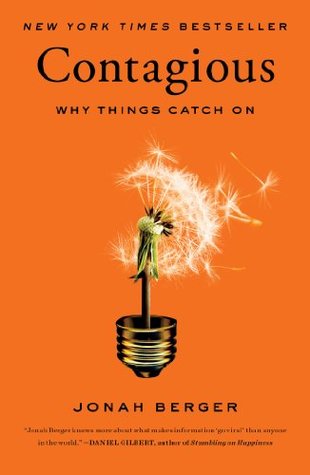More on this book
Community
Kindle Notes & Highlights
These are all examples of social epidemics. Instances where products, ideas, and behaviors diffuse through a population. They start with a small set of individuals or organizations and spread, often from person to person, almost like a virus.
chat with our neighbors about good deals, and gossip with coworkers about potential layoffs. We write online reviews about movies, share rumors on Facebook, and tweet about recipes we just tried. People share more than 16,000 words per day and every hour there are more than 100 million conversations about brands.
Word of mouth is the primary factor behind 20 percent to 50 percent of all purchasing decisions.
Contagious content is like that—so inherently viral that it spreads regardless of who is doing the talking.
sharing personal opinions activated the same brain circuits that respond to rewards like food and money.
Remarkable things provide social currency because they make the people who talk about them seem, well, more remarkable. Some people like to be the life of the party, but no one wants to be the death of it. We all want to be liked. The desire for social approval is a fundamental human motivation.
But in the process, stories often become more extreme or entertaining, particularly when people tell them in front of a group. We don’t just guess randomly, we fill in numbers or information to make us look good rather than inept.
But it’s possible to find the inner remarkability in any product or idea by thinking about what makes that thing stand out.
Game mechanics are the elements of a game, application, or program—including rules and feedback loops—that make them fun and compelling.


